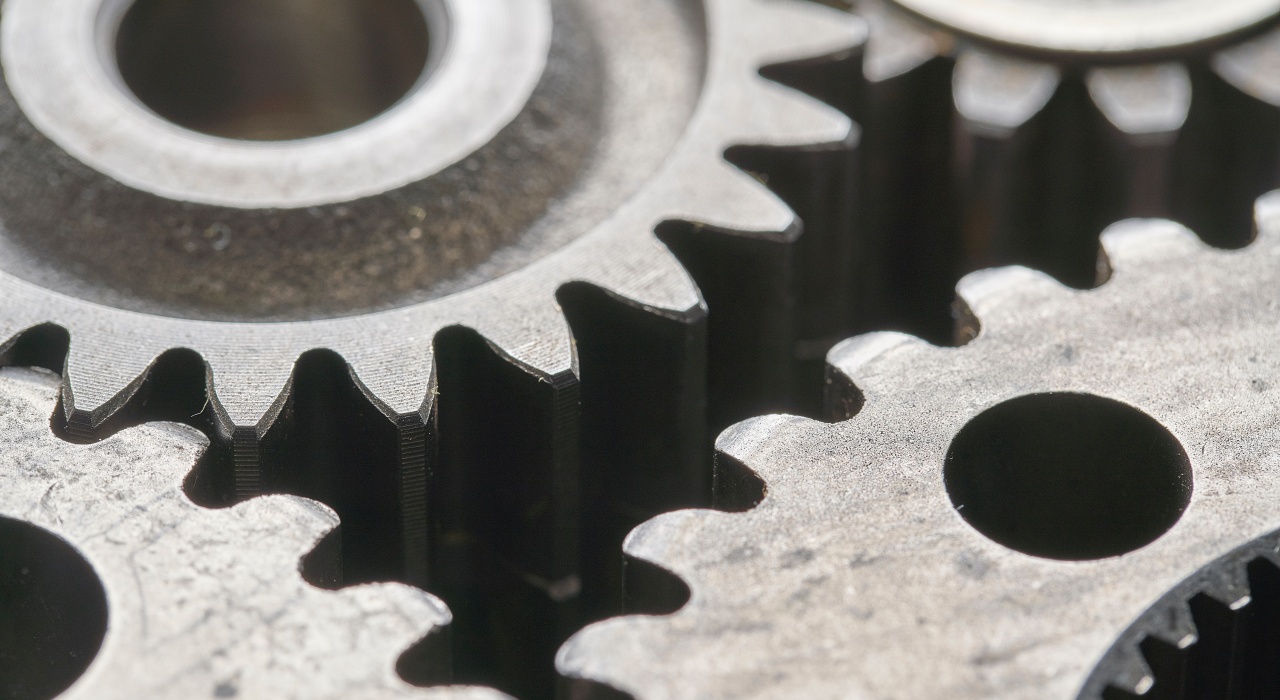
On July 10, 2020, the Patent Trial and Appeal Board (“Board”) reversed the Examiner’s anticipation and obviousness rejections in Ex parte Loveless. The rejections were based on the Examiner’s construction of certain claim limitations as relating to an intended use, rather than being structural or functional limitations.
The preamble of independent claim 1 recites “[a]n electric induction heating apparatus for heating a gear-like article.” The preamble further recites that the gear-like article has “discrete protrusions” (e.g., teeth of the gear). The body of claim 1 recites structural limitations of the electric induction heating apparatus. In particular, the apparatus comprises a single turn induction coil comprising an outer coil segment, an inner coil segment, and a transition coil segment.
Claim 1 also recites functional limitations that specify the arrangement of the coil segments relative to the gear-like article, when the gear-like article is placed in the apparatus for heating. For example, claim 1 recites that the “outer coil segment [is] arranged to inductively heat the radially outer region of the one or more discrete protrusions.”
In the anticipation and obviousness rejections, the Examiner considered the preamble phrase “for heating a gear-like article” to be an intended use of the apparatus. The Examiner noted that “claims 1, 17 and 22 are directed to the electric induction heating apparatus itself and not a particular use of electric induction heating apparatus or electric induction heating apparatus’s combination with any particular environment.” Based on this, the Examiner concluded that “the claim language would appear to be an intended use limitation.”
The Board disagreed with the Examiner’s rejections. The Board acknowledged the Examiner’s finding regarding the intended use language in the preamble. However, the Board noted that “the Examiner does not address the substantive structural limitations in the body of the claim that are described in terms of the function of the device.” The Board explained that “[t]hese claim requirements describe a discrete relationship between the heating apparatus and the particular articles it is intended to heat. At the least, the Examiner must show that the relied upon structure in [the prior art] is inherently capable of performing these functions or otherwise explain why the claimed function[s] do not result in a structural difference between the claim and the art.”
Finally, the Board noted that the Appellant had persuasively explained why the apparatus of the prior art was not capable of performing the claimed functions. Thus, the Board reversed the Examiner’s anticipation and obviousness rejections.
Takeaway: In apparatus and device claims, the point of novelty or inventiveness often relates to the way the apparatus or device functions during operation. This can make functional limitations the best (and sometimes only) way to distinguish the claimed apparatus or device from the prior art. Since such claims are directed to the apparatus or device itself, examiners often characterize the operation of the apparatus or device as an intended use, which, under U.S. law, does not carry patentable weight. In such situations, it can be helpful to explain to examiners that a functional limitation cannot be ignored simply because the preamble recites an intended use. It can be particularly persuasive to explain why the apparatus or device of the prior art cannot perform the functions recited in the claims.
Judges: M. Crawford, A. Fetting, K. Schopfer
by Matthew Barnet
Matthew E. Barnet, Ph.D., is a patent attorney and partner at Element IP. His practice focuses on patent procurement and client counseling, including expertise in validity and infringement opinions.

One comment
Pingback: 判例に見る特許クレーム用途限定の正しい使い方 - Open Legal Community
Comments are closed.